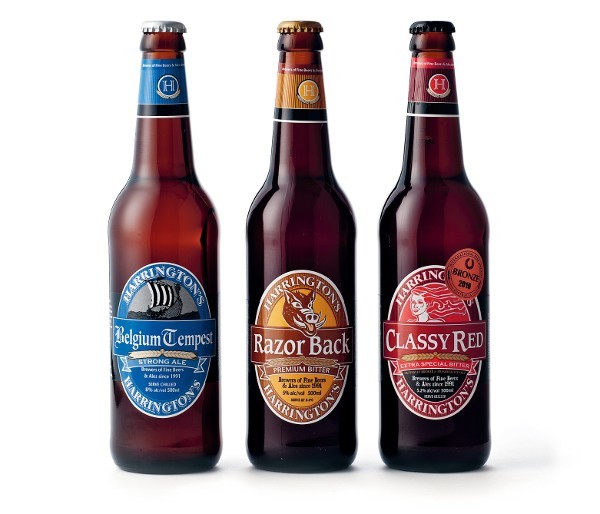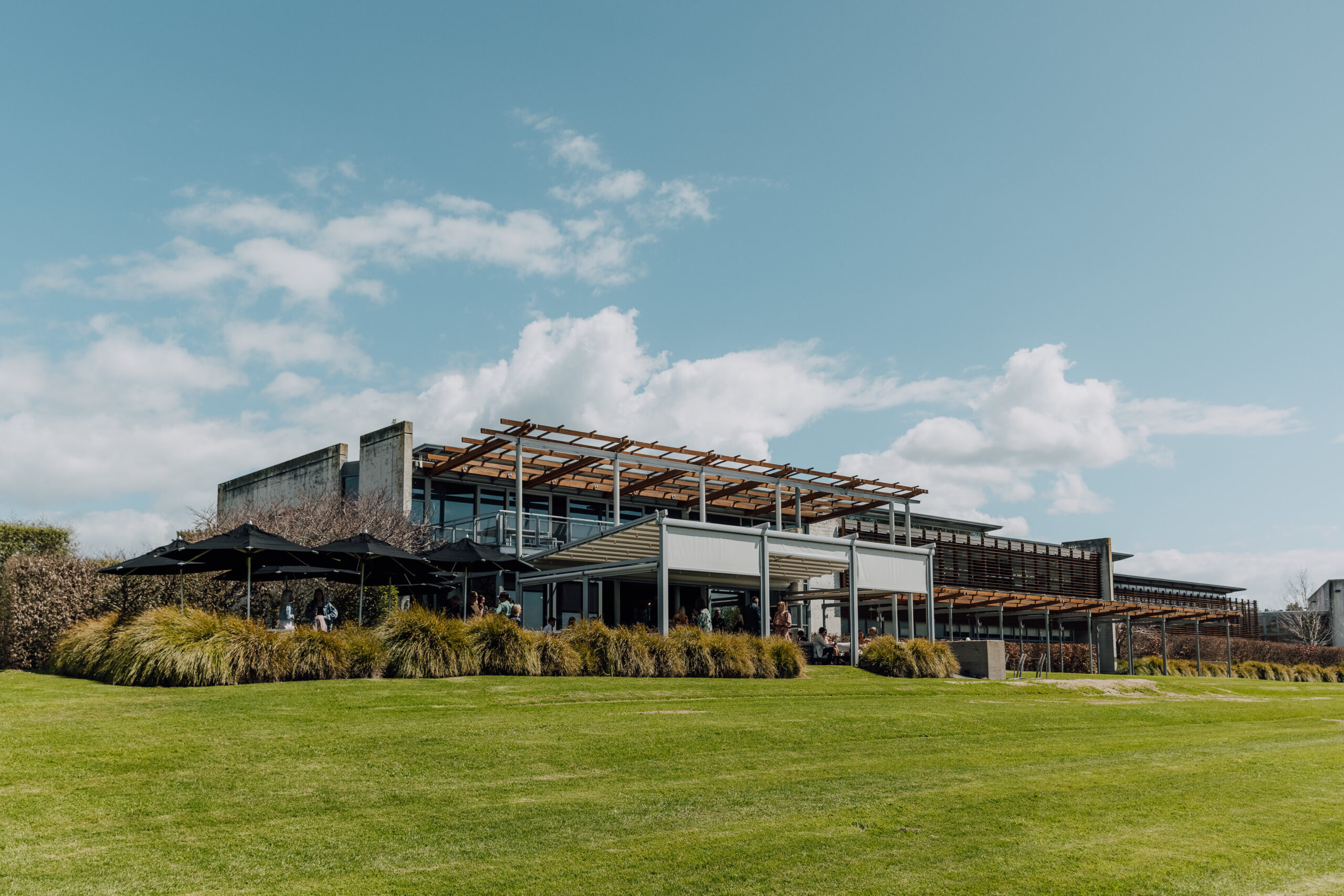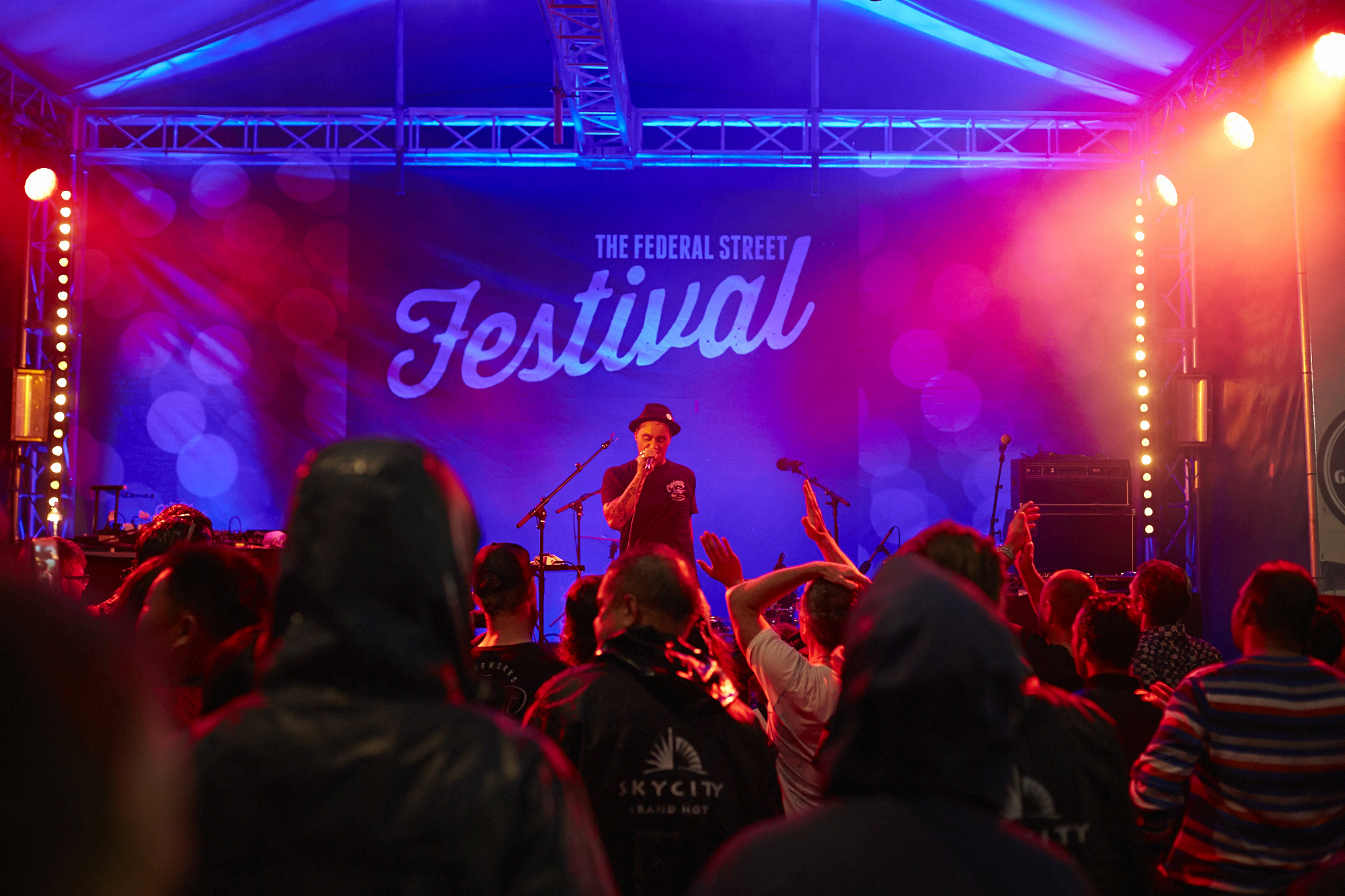Local craft beer is everything that bland, mass-market, macho beers are not. It’s brewed lovingly with traditional methods, using ingredients that add character and flavour – all packaged with an extra measure of whimsy and flair. Here’s our guide to the pick of the crop, including winners of past Brewers Guild Awards.

Ale or lager?
Depends on the yeast, though both can safely be called ‘beer’. Ale is rooted in ancient Mesopotamia, while lager (from ‘lagerung’, German for ‘storage’) was formed in the frigid cellaring caves of Bavaria around 800 AD. Either can be light or dark, but pale lager is the bestselling style worldwide.
Beervana
This is the hoppy union of Kiwi craft brewers and fans. Celebrating six years in tandem with the annual BrewNZ awards, it’s a weekend-long event for the craft beer-curious and fans alike to meet brewers, eat world-class nosh, and sample cracking international styles.
Conditioning
‘Bottle’ or ‘cask’, tells us how craft beer is finished after its initial fermentation. Removed from lees (dead yeast cells), put into bottles or kegs to mature, clarify, and stabilise, it’s here that beer picks up its bubbles. Both are great and, best of all, au naturel.
Decanting
Decanting and proper serving temperatures aren’t just for wine buffs. Pouring from bottle to glass, that head isn’t just pointless froth, but lets the esters (aromatic compounds) flourish. And not every brew is best served ice-cold, as it can stymie both fragrance and flavour.
Extra special bitter (ESB)
ESB is one of many guises for British bitter ale. Ranging from lightly piney to properly dry and bracing, it’s a sterling fit for roast chook or hearty salmon, even triedand- true bangers and mash. Townshend Brewery’s Old House ESB and Harrington’s Razor Back or their award-winning Pig & Whistle suit this to a tee.
Freehouses
Pubs not affiliated with big Kiwi brewers, were scarce in 1995 when Keith Galbraith started brewing beer to serve in his Mt Eden pub. Now, like many locals, Galbraith Brewing Co shares its taps with other Kiwi craft beers, and, as with Wellington’s Hashigo Zake and The Malthouse, as well as Nelson’s aptly named The Free House, these free beers are finally finding homes.

Gluten-free
It’s gone mainstream, and with the rise of craft brewing, gluten-free beer is making headway, too. Swapping traditional wheat and malt for sorghum or buckwheat and retaining flavour can be a prickly thing, but intrepid Kiwi producer Scotts Brewing Co is making gluten-intolerant beer lovers smile.
Hops
Hops took to Nelson like ducks to water, and the wild perennial bines of early settlers still pepper what’s now New Zealand’s sole commercial hop-growing region. Elemental in beer for aroma and flavour, hops are a centuries-old home remedy treasured for their preservative and sedative nature. Oldworld cultivars like Hallertauer and Spalt are still prized alongside newfangled Riwaka, Motueka, and Nelson Sauvin, putting a delectably Kiwi twist on these verdant buds.
India Pale Ale (IPA)
IPA hearkens back to Old Britannia and a new brew concocted to sate Her Majesty’s colonists abroad. Hopped to the nth degree, it travelled well and became oh-so-chic in Old Calcutta. Kiwi brewers pay homage in a variety of ways including Patriot, a dark IPA from Croucher Brewing, Epic Brewing’s Mayhem and award-winning Armageddon IPA, and HopWired from 8 Wired Brewing, which was crowned the top Kiwi brewery at the Brewers Guild Awards.
Jackson, Michael,
And not the King of Pop. A guru of brew and whiskey, Michael Jackson’s study of and ruminations on beer (even Kiwi brews) elevated this humble bevvie to an echelon once relegated only to wine. The late British beer journo (1942- 2007) told the world what craft brew devotees knew already: real beer is worthy.
Koln

Germany, like the Czech Bohemian town of Pilsen, is known for a regional beer now replicated worldwide. So while Kolsch ale leans toward lightly fruity and barely bitter, Pilsener (or pilsner) pale lagers are classically dry and flowery. Both get the once-over here with the Kolsch-style Luxe from Hallertau, Moa Brewing’s pilsner, Moa Methode, and Mac’s Hoprocker pilsner. Also worth a sip or two is the award-winning Steam Brewing Company’s Cock & Bull German Pilsner.
Ladies, a keg?
Aunt Daisy they weren’t, but some brewers of yore were in fact women. And we’ve a growing legion of modern craft brewer owners such as Tracy Banner (New Zealand’s first woman head brewer) of Sprig & Fern Brewery, Tammy Viitakangas at Mata, and the new lady-of-brew, Wendy Roigard of Valkyrie Brewing Co.
Malt
Par-germinated and kiln-dried barley – adds colour, aroma, and flavour. Beers use a variety depending on style, like Pink Elephant Brewing’s Mammoth (one of two from this veteran brewer to get nods from the late Mr Jackson) with notes of raisin, caramel and dark malts lending a chestnut hue. Monteith’s Brewing Co’s Celtic Red offers a dry roasted malt flavour, while McCashins Brewery’s Stoke Dark contains no fewer than seven malts for a lush coffee and chocolate palate. Its sister brew, Stoke Amber, picked up a recent ‘international lager’ award.

Ninkasi
She wasn’t a run-of-the-mill goddess, but a hard-working brewer worshipped by Sumerians four centuries ago. A hymn to this maiden of mash (and the world’s oldest recipe) was actually an ode to her way with bappir, spicy nut bread soaked in water, the liquid rendered and fermented until … voila! Beer.
Organic brewing
Organic brewing in Aotearoa gained steam after fifth-generation Nelson brewer John Duncan launched Founders Organic Brewery more than a decade ago. Green Man Brewery, Mike’s Organic Brewery, Peak Brewery, and even West Coast Brewing have followed suit, making beer that isn’t just pale amber but gloriously ‘green’.
Porter
Three parts beer, one part clever clogs. Mixing ales at the tap was hip in 1700s London, so Ralph Harwood gleaned the best of three styles into one favoured by labouring porters. Craft brews like Emerson’s London Porter, The Twisted Hop’s Nokabollakov and Pot Kettle Black from Yeastie Boys do justice to Mr Harwood’s entrepreneurial spirit. It’s only fitting that Yeastie Boys won the Morton Coutts Trophy for Innovation while Emerson’s Oreti Red picked up a gong for its ale.

Quality beer
It all comes down to good ingredients and patience. Some breweries hurry fermentation, getting bland, shelf-stable beer to market quickly. It can be months before a good artisan brew is savoured, making natural craft beer not just alive and long on the shelf, but long on flavour, too.
Resolution
Anchored at Dusky Sound nearly 240 years ago, helmed by Captain James Cook. Once ashore, he unwittingly ordered up a scurvy cure of spruce buds which became New Zealand’s first beer, inspiring no less than two modern brews, the Captain Cooker from Takaka’s Mussel Inn and Wigram Brewing’s Spruce Beer.
Stout
Not just for quaint Irish idylls, but a moreish elixir that’s made for fun. Renaissance Brewing’s Craftsman Chocolate Oatmeal Stout is brimming with decadent cocoa nibs. Invercargill Brewery’s Pitch Black is toasty dry while Three Boys Brewery’s Oyster Stout is rich with a delicate briny end – a point surely noted by the judges, who awarded the boys top honours for both stout and porter.
Trappist ale
This was a monk’s tipple and a Belgian abbey’s way to make some dosh. For centuries, this strong bready ale was relegated to ecumenical brewers, but, hallelujah, times change! Tuatara Brewing’s Ardennes, Golden Bear Brewing’s Bear Trappe, and Ben Middlemiss Brewing’s Nota Bene won’t get you through the pearly gates, but will bring smiles all round. As will Tuatara’s Hefe, winner of the Europeanstyle ale award.
Units of bitterness or International Bittering Units (IBUs)
Measure the alpha acids in beer from hops much like Scoville heat units measure fire in your average chilli. Not many Kiwi brewers use the gauge, but it’s gaining strength as a handy tool for the bitter-averse.
Vegetal notes
‘Straw’ and ‘mint’ are the last thing you’d expect to taste in your beer, but the Beer Aroma Wheel (like those for wine and coffee) gives tasters not just a common language but licence to funky descriptors like ‘cardboard’ and ‘green walnut shell’. Not convinced? Try the judges’ pick of flavoured and aged brews: the triumphant 8 Wired Brewing.
Water
It’s the lifeblood of beer, so along with distinct malts, hops, and yeast, old-world brewers relied on native aquifers to distinguish them. Now with the right mineral salts (or softeners) clever brewers mimic the flinty limestone in Burton-on-Trent ale or the soft water canvas of Pilsen.
Xylose
A natural plant sugar in malt shunned by otherwise hungry brewer’s yeast (saccharomyces cerevisae), Xylose is a stumbling block for scientists using the same yeast for bio-ethanol. But with help from a new yeast strain, there’s hope of converting this crafty carb into an economical eco-friendly fuel.
Yeast
A single-celled critter with a complicated job: eat sugar in the mash (the gumbo of malt, water, and hops), converting it to alcohol and CO2, leaving flavour and aroma in its wake. Two yeasts are responsible for nearly all beers: warmth-loving, top-fermenting ale yeast (saccharomyces cerevisae) and cooler, bottom-fermenting lager yeast (saccharomyces uvarum).
Zymology
Boffins, a pint! Zymology is the branch of chemistry concerned with fermentation (as in wine, brewing or distilling).







